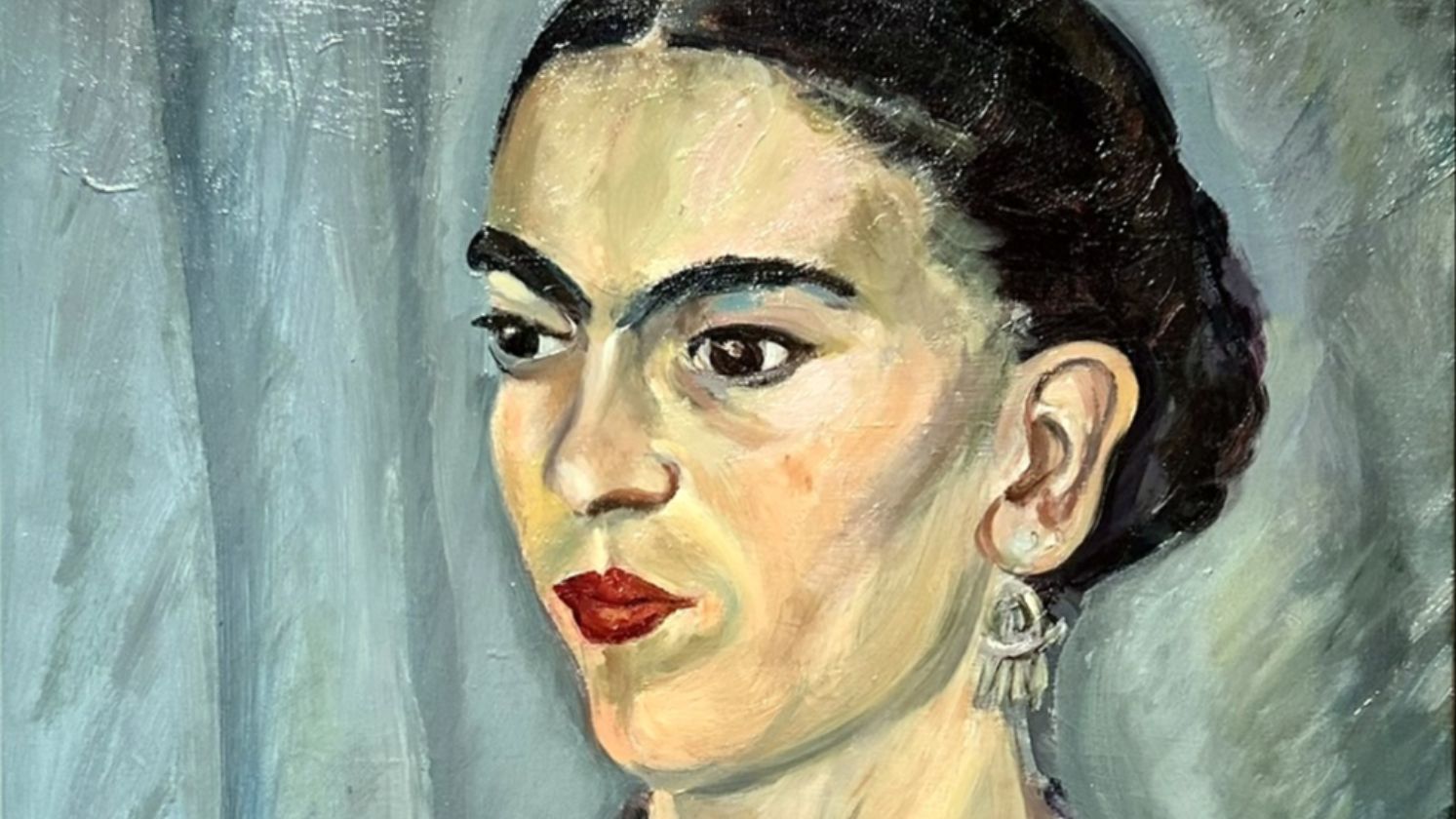Timeless Theatres Of Human History
Long before film and television, people gathered in theatres to laugh, cry, and be moved by live stories. Many of those early stages still exist, carrying the spirit of audiences from centuries past. They show just how deeply performance runs in human history. Curious which have withstood centuries of change? Keep reading to explore the 20 oldest theatres in the world.
1. Theatre Of Thorikos – Greece (6th C. BC)
Unlike the usual semicircle design of Greek theatres, the Theatre of Thorikos has a rare rectangular form. Its shape comes from its origins as a limestone quarry, and now it stands as the world’s oldest surviving stone theatre.
2. Theatre Of Taormina – Italy (3rd C. BC)
Modern performers still take the stage where ancient voices once echoed. Built by the Greeks and later expanded by the Romans, the Theatre of Taormina also offers sweeping views of Mount Etna and the Ionian Sea.
3. Roman Theatre Of Orange – France (1st C. AD)
Each summer, the Chorégies d’Orange opera festival fills this remarkably preserved Roman theatre with life. Its towering stage wall, a UNESCO World Heritage monument, has survived nearly two thousand years, but has not lost an audience.
4. Roman Theatre Of Aspendos – Turkey (2nd C. AD)
At the Aspendos Festival, performers sing in a theatre that has charmed audiences since the 2nd century AD. Once holding 15,000 people, this Roman venue remains famous for its excellent acoustics that still impress visitors today.
5. Roman Theatre Of Mérida – Spain (15 BC)
While modern audiences gather annually for the Mérida Classical Theatre Festival, they occupy the same stone seats where Romans sat over two millennia ago. The magnificent theater was commissioned by consul Marcus Agrippa in 15 BC. Now, it holds UNESCO World Heritage status.
 Helen Rickard from United Kingdom on Wikimedia
Helen Rickard from United Kingdom on Wikimedia
6. Roman Theatre Of Bosra – Syria (2nd C. AD)
The Theatre of Bosra is one of the best-preserved Roman theatres anywhere. Later enclosed by fortress walls for added protection, this remarkable structure continues to stand strong, offering a vivid reminder of Rome’s architectural skill.
7. Roman Theatre Of Plovdiv – Bulgaria (2nd C. AD)
In Bulgaria’s city of Plovdiv, audiences still gather at this theatre constructed during Emperor Trajan’s reign. Buried for centuries, it was revealed by a 1970s landslide. Today, it thrives again as a venue for concerts and performances.
8. Roman Theatre Of Ammaia – Portugal (1st C. AD)
Even though its exact dating is debated, it is most probably built in the 1st century AD and remains a clear architectural highlight of the site. This Roman theatre sits among the ruins of Ammaia, an ancient settlement in Portugal’s Serra de São Mamede Park.
 Ruínas romanas de Ammaia (4K) by Luís Ramalho Ferreira
Ruínas romanas de Ammaia (4K) by Luís Ramalho Ferreira
9. Roman Theatre Of Caesarea – Israel (1st C. AD)
The seaside theatre at Caesarea, commissioned by Herod the Great in the 1st century AD, continues to host spectators. Once a stage for Roman performances, it now hosts modern concerts and connects twenty centuries of culture in a timeless venue.
10. Theatre At Tigranakert – Armenia (1st C. BC)
Tigranakert’s first-century BC theatre remains a prominent site, showcasing the building expertise and cultural vision of King Tigranes the Great. It reflects both the cultural goals and the building skills of the early Armenian kingdom.
11. Roman Theatre Of Sabratha – Libya (2nd C. AD)
The Roman Theatre of Sabratha, honored as a UNESCO World Heritage site, remains one of Libya’s most remarkable historic treasures. Its three-story stage shows Roman design at its finest, while meticulous restoration work by Italian archaeologists in the 1900s ensures its continued magnificence.
12. Roman Theatre Of Dougga – Tunisia (2nd C. AD)
An astonishing 3,500 spectators once filled this monumental Roman theatre, its grand stone tiers cascading down a scenic hillside in ancient Dougga. This architectural marvel continues to command attention, earning its place among Tunisia's UNESCO World Heritage treasures.
13. Roman Theatre Of Timgad – Algeria (2nd C. AD)
Often called the "Pompeii of Africa" for its remarkable state of preservation, the Roman Theatre of Timgad stands as one of North Africa's finest surviving Roman performance venues. It remains proof of Emperor Trajan's vision for his Algerian colonial city.
14. Theatre Of Butrint – Albania (3rd C. BC)
Theatre of Butrint, a Hellenistic landmark in Albania from the 3rd century BC, has earned UNESCO World Heritage recognition through recent preservation efforts. Its ancient stones still stand out amid the wetlands and forests that surround it.
15. Ancient Theatre Of Ohrid – North Macedonia (3rd C. BC)
A remarkable discovery during the 1980s construction work in North Macedonia unearthed a long-buried treasure: the country's only Hellenistic theatre, dating back to the 3rd century BC. Today, this ancient amphitheater in Ohrid lives again, hosting performances during the annual Ohrid Summer Festival.
16. Roman Theatre Of Alexandria – Egypt (4th C. AD)
Though Alexandria's Romans once enjoyed performances from marble seats in this curved 4th-century AD theatre, it lay hidden until the 1960s. Construction at Kom El-Dikka unexpectedly revealed its remains, now part of an important archaeological site.
17. Theatre Of Byblos – Lebanon (3rd C. AD)
The Theatre of Byblos shows Roman design within a city first shaped by an ancient seafaring culture known for trade and early writing. Byblos, a UNESCO World Heritage Site, is still one of the world’s oldest lived-in centres.
18. Roman Theatre Of Verulamium – United Kingdom (2nd C. AD)
Among the scattered remains of Roman theatres in northern Europe, Britain has only a few. The second-century Verulamium theatre in St Albans is the best preserved. Standing as a remarkable example, the site highlights the extensive cultural reach of Rome.
 Carole Raddato from FRANKFURT, Germany on Wikimedia
Carole Raddato from FRANKFURT, Germany on Wikimedia
19. Theatre Of Kourion – Cyprus (2nd C. BC)
Still used for open-air shows today, the theatre has entertained audiences for more than 2,000 years. Built in the 2nd century BC and later expanded by the Romans, it overlooks stunning Mediterranean views from its seaside location in Cyprus.
20. Roman Theatre Of Aquincum – Hungary (2nd C. AD)
Beneath today’s busy Budapest streets rests a striking reminder of Rome’s past. The Roman Theatre of Aquincum is part of an archaeological park and museum that shows the city’s growth from a Roman town to a Hungarian capital.
KEEP ON READING

Becoming An Adult: 20 Rites Of Passage Performed Worldwide
Growing Pains. There are many ways to signify that you’re…
By Breanna Schnurr Oct 8, 2025
10 Reasons Germany Lost World War II & 10 Reasons…
How a Nation of Precision Fell to Chaos. World War…
By Cameron Dick Oct 8, 2025
20 Historical Figures For Hispanic Heritage Month
History & Heritage. Running from September 15 to October 15,…
By Ashley Bast Oct 8, 2025
The 20 Most Notorious Gangsters Of The 20th Century
Who Were The Most Infamous Criminals Of The Last Century?.…
By Emilie Richardson-Dupuis Oct 7, 2025
20 Historical Figures Whose Careers Ended Unexpectedly
What Really Happened to Amelia Earhart?. The men and women…
By Rob Shapiro Oct 7, 2025
Real Or Fake? 20 Facts About The Legend of King…
Chivalry, Loyalty, And A Magic Sword. The legendary king of…
By Breanna Schnurr Oct 6, 2025


















